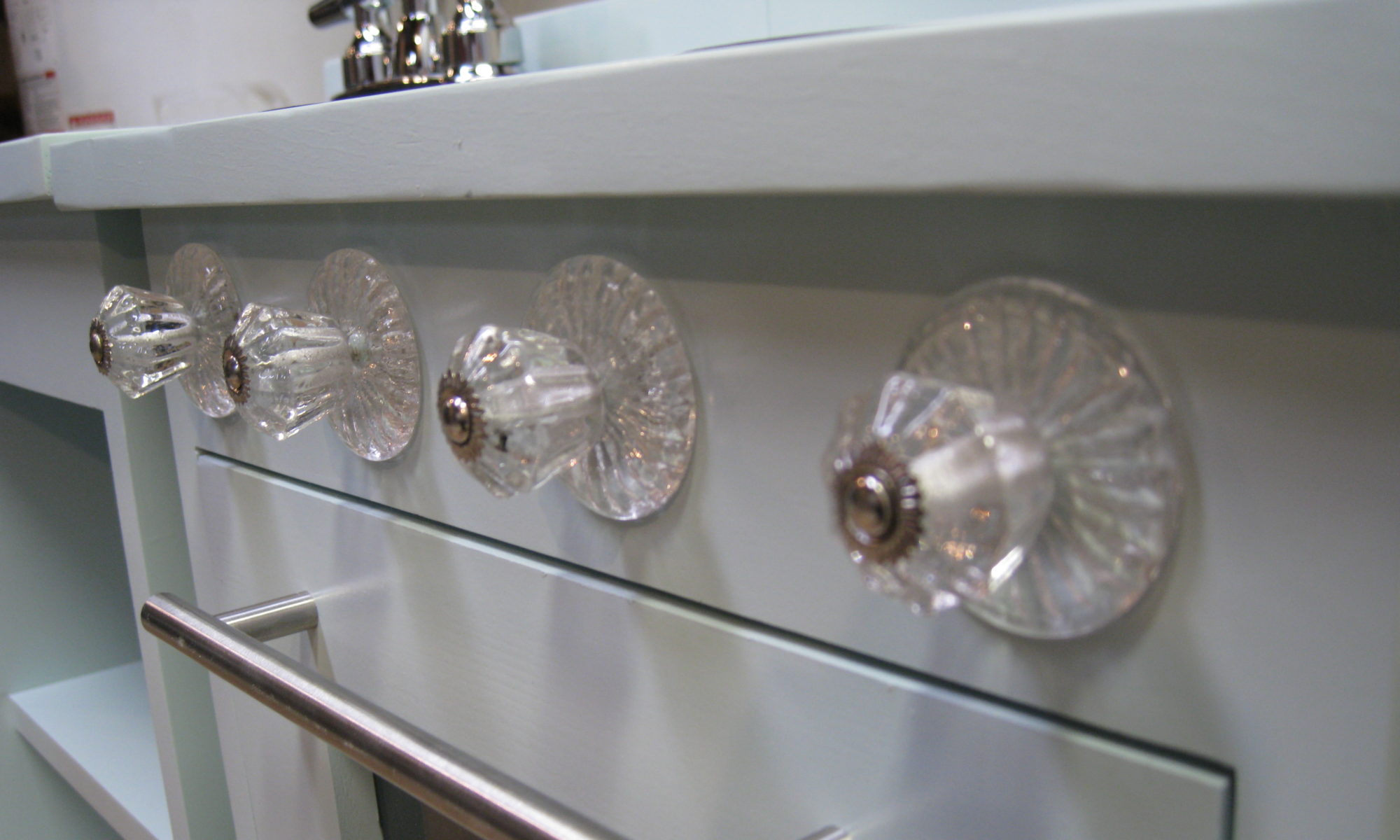Since the re-re-relaunch of grvland.com in 2012, the first post “Jelly Cupboard Project” has continually gotten more traffic than any consequent post. And not just by a little. Since February 2012, a full 40%+ of all traffic has gone to that single post. Due to the continuing interest in that project, I decided to write a follow up. Let’s get started…
I chose to make the sides of this cabinet out of plywood. The quality of 1×12 pine at my local big box store is…well, terrible. I thought using plywood would yield a more square carcass, and maybe it did. The downside to the plywood I chose is twofold: it contains too many voids and the veneer is too thin causing it to delaminate easily. Next time I will find a better quality plywood with a thicker face.
I recently got a router bit set designed to create glass doors and decided to try it out on this piece. I wasn’t sure how long to make the rails (horizontal pieces) to fill the opening and my calculations were quite short. As a result, the doors have a significant gap all the way around. Not much can be done about it now (other than remake them, not going to happen).
I only assemble the bare essential pieces before painting because I use an HVLP sprayer (older model Fuji Q4). It’s much easier to paint individual pieces than to get into every nook of a fully assembled cabinet.
The finish is a slightly modified version of what I have described previously: black walnut Danish oil, wax free shellac to seal the tannin, dark grey base coat, light greyish top coat, sand to reveal base coat, and finish with multiple coats of water-based polyurethane (satin). Usually when I sand latex it tends to ‘ball up’ or melt, so this time I added some Calcium Carbonate (powdered chalk) to the latex top coat (1/2 cup per quart). It is supposed to mimic the effect of chalk paint. There is no doubt that it sanded much more evenly, but the effect wasn’t as pronounced as expected. I’ll probably add more next time to see if it will sand even more easily.
Check out the gallery below for the gory details of how I assemble and clamp the top, doors and face frame.



























